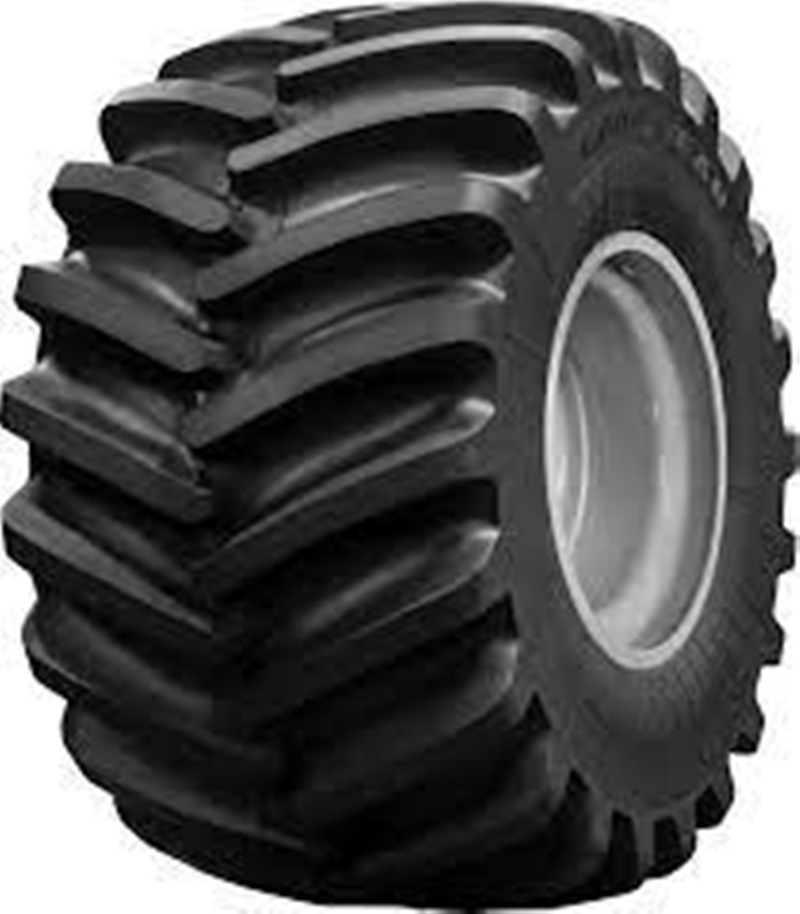
The global market for rheumatoid arthritis treatments is expected to grow at a CAGR of...
Learn More
Our consulting solutions address company specific challenges with respect to micro environment...
Learn More
Organizations frequently need day-today research guidancein order to gain strategic...
Learn More
Exploring different areas of market research and market analysis is a key factor...
Learn MoreAcute Market Reports presents the most extensive global business research services across industries. Our research studies focus on potential outcomes, benefits, and risks associated with each market segment across geographies. Having served our global clients for more than 10 years, our prime priority is to enable our clients in making well-informed business decisions through a data-driven, analytical, and uncomplicated research approach.
We provide access to the world's most comprehensive, analytical, and updated business intelligence services and solutions.




The biotech flavor market is expected to grow at a CAGR of 8.5% during the forecast period of 2025 to 2033. Biotech flavor market refers to the sector of the food and beverage industry that uses biotechnology to develop and produce flavoring agents. ...
Read More
Cosmetic dentistry has emerged as one of the dynamic sectors within dental care, offering a plethora of treatments ranging from basic color correction to teeth replacement. The appeal of an enhanced smile and the advances in dental technology have en...
Read More
The forestry tire market is expected to grow at a CAGR of 3.5% during the forecast period of 2025 to 2033, driven by various factors such as technological advancements, increasing demand in the forestry sector, and expanding applications across diffe...
Read More




